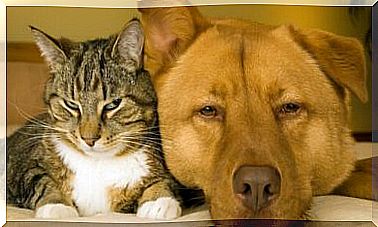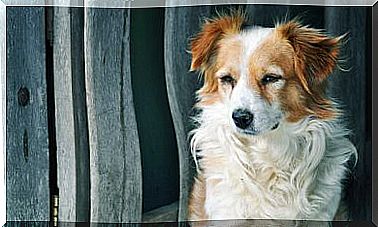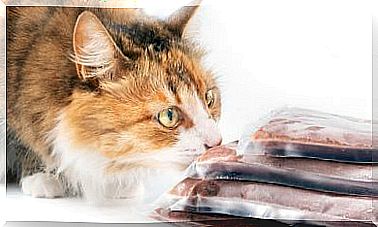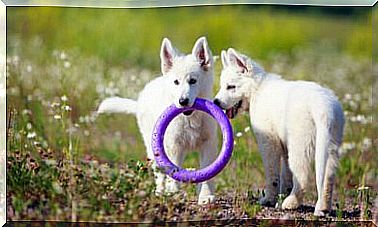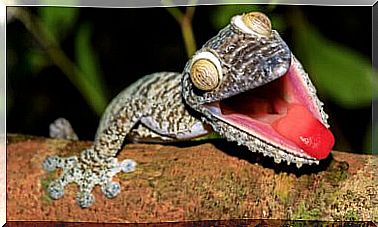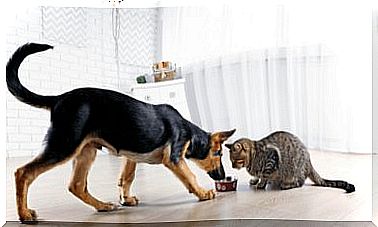Substrates For Rodent Cages
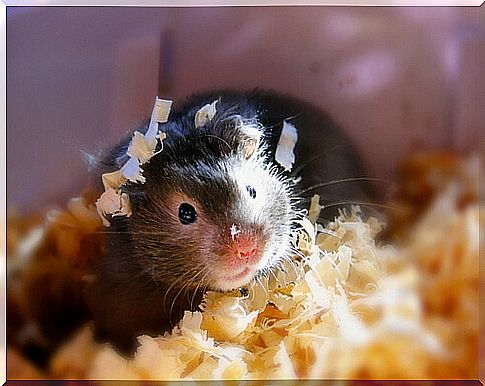
Many of the rodents that live as pets in our homes are always in a cage. Although sometimes we let them go for a walk, most of their time is spent in a fairly small space where they eat, sleep or relieve themselves. It is therefore necessary to know the different substrates for rodent cages.
Assembling a cage for rodents
Guinea pigs, rabbits, hamsters and even gerbils are animals that do not require a lot of time or care, but they must have a cage specially prepared for them. In addition to feeders and drinkers, they need a house or sheltered place to sleep, toys and a bed or substrate on the ground.
You can train a rodent to relieve itself in the same place, but since they normally spend so many hours in their cage, we do not usually see it necessary. They do not care where to relieve themselves, so it is necessary to place some of these substrates for rodent cages on the base.
However, not just any are effective at keeping odors at bay, nor is it safe for your health. Therefore, it is necessary to know what different substrates for rodent cages you can use and choose the one that best suits your pet.
The importance of hygiene
As we said, even if they are not locked up all day, rodents normally relieve themselves in their cage, regardless of the place. The most modest can choose a corner, but they are usually not as careful as we would like.
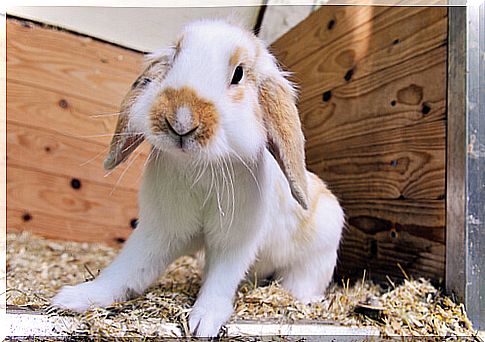
Hygiene is very important for the health of your pet and also for the health of your whole family. Using a good substrate is not everything: it must be changed often and it is usually necessary to remove the largest dirt from the cage every day : that is, fresh food remains, feces, balls of wet substrate, etc.
A dirty cage will give off odors and will be unpleasant as it will permeate the whole house. In addition, a wet bed can create ulcers on your pet’s paws or attract flies and other insects, and fungus could even develop. If you do not remove spoiled food, your pet could suffer indigestion or poisoning.
Sawdust
Sawdust is one of the best known and most practical substitutes for rodent cages. Sawdust is cheap and easy to find; It is also not overweight and it is not a great effort to buy it.
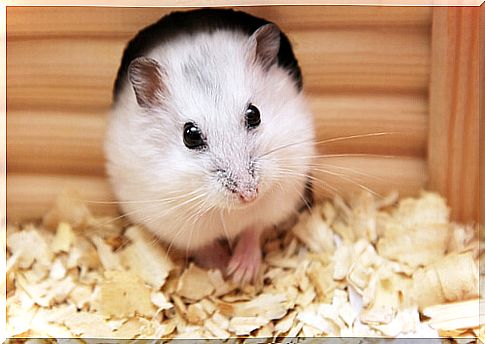
However, sawdust has a problem that not many pet owners think about: where it came from. If you want to use sawdust in the cage, make sure it is pet-friendly. Any recycled sawdust could be made with treated wood or contain a lot of dust, and therefore be harmful to health.
Pressed pellets
Pellets have become fashionable for a few years and they deserve it: they weigh little and absorb a lot, they are comfortable to use, they mitigate the odor and many of them come from recycled material.
There are many different types of pellets: pressed paper, straw, wood, and even the remains of cereal husks. Some brands sell them flavored, although your rodent may not like you perfuming it; Basic hygiene in his cage should avoid odors.
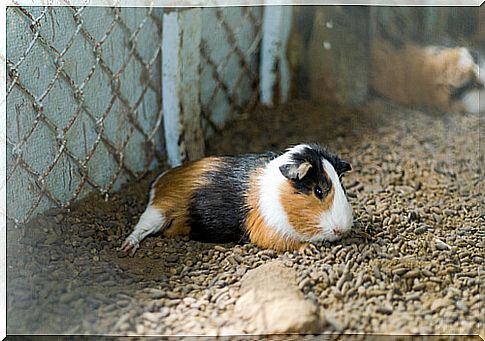
Pellets are a very good choice among rodent cage substrates. There is a lot of variety on the market in terms of brands, sizes, weights and origins. As they are created specifically to be a hygienic bed, they are usually safe for the health of your pet; just in case, make sure the one you buy is suitable for your rodent.
Other types of bedding, such as fabrics
In hot countries or during the hottest seasons rodents drink more and, therefore, make their beds more dirty. With the heat and humidity, it is common for the cage to smell more and the substrate to spoil sooner. There are people who prefer, then, to change the hygienic bed for fabrics. It is a good one in the following cases:
- They are washed in the washing machine on high temperature very frequently, even daily.
- Have well finished edges and do not have threads that rodents can swallow.
- They absorb the humidity that your pet generates well and do not create puddles.
- Be able to create a fluffy and absorbent layer by overlaying several layers of fabrics.
Substrates for rodent cages not recommended
Despite all the good options available to use as rodent cage substrates, there are less desirable options. One of them is cat litter. As its name suggests, it is intended to be used by felines.
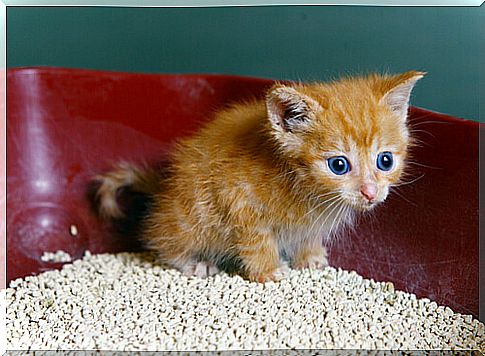
These are animals that go a few times a day to the sandbox: that is, they do not live on top of them. We can warn that cat litter usually contains a lot of dust that could damage the airways of a smaller animal.
Newspapers are also not advised. They are absorbent and cheap, but the ink they are printed with could be toxic to your pet should he decide to gnaw it. Newspapers can be placed at the base of a cage, but only if they are well covered by another kind of substrate and your animal cannot access them.
There are many options available to use in the hygiene of your pet’s cage. Hygiene is necessary for the good coexistence in your family and for the health of all its members. Choose a substrate that suits your animal so that you can always keep its habitat clean.
